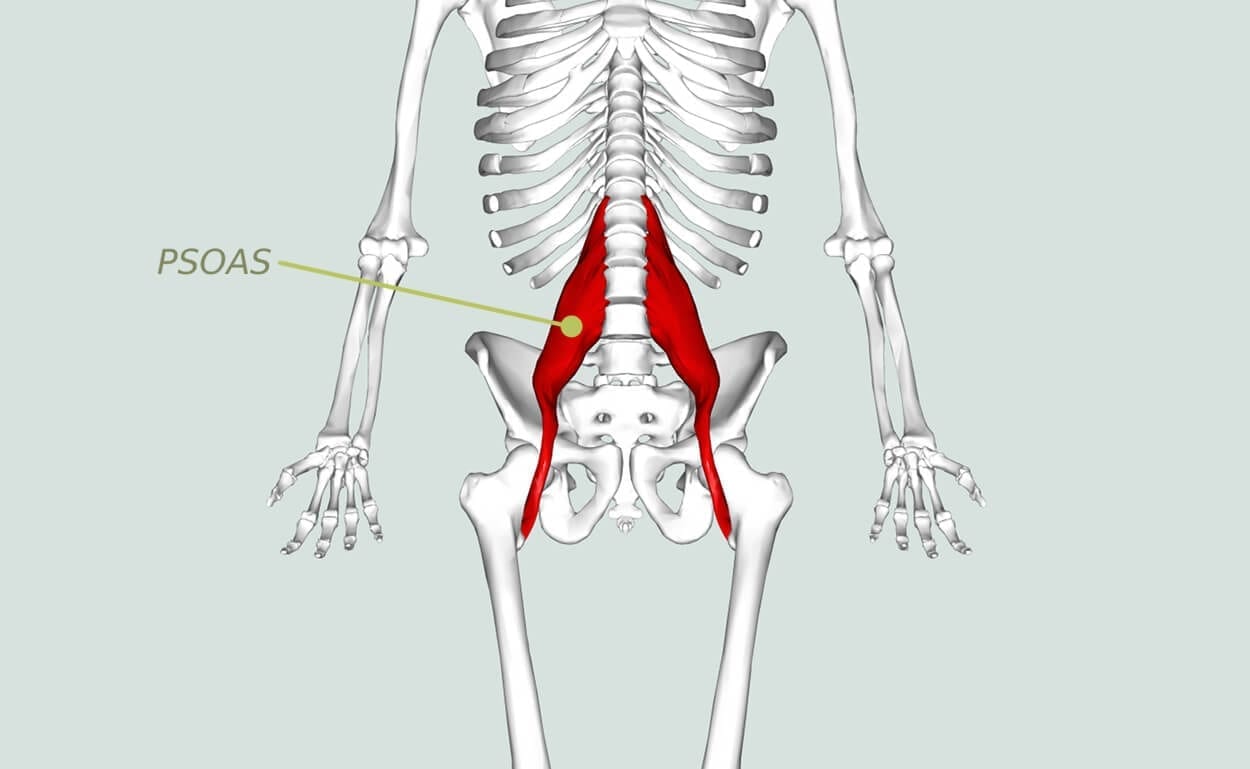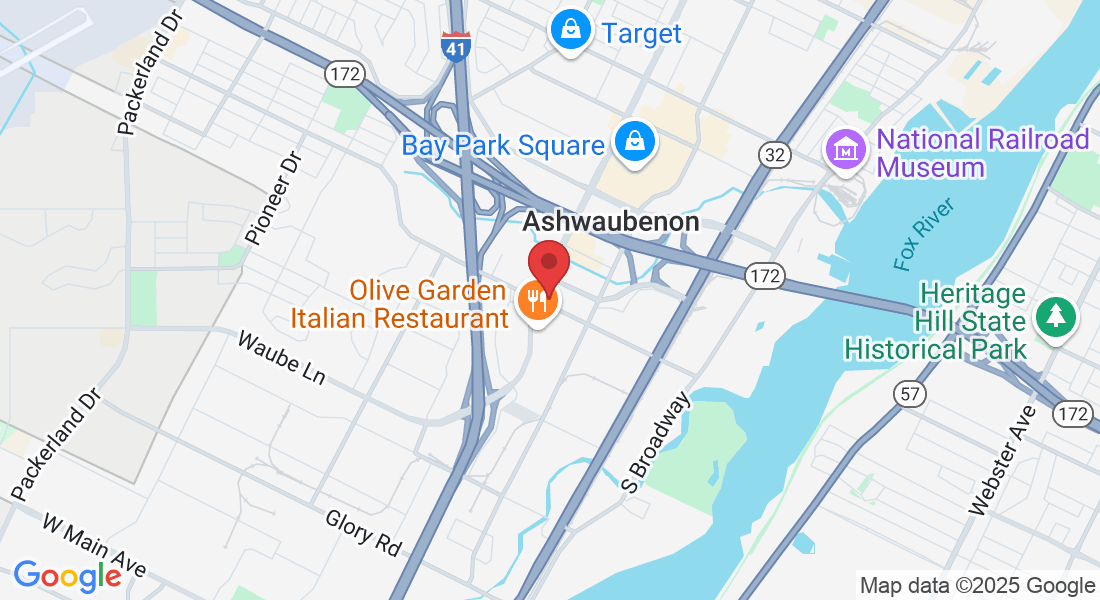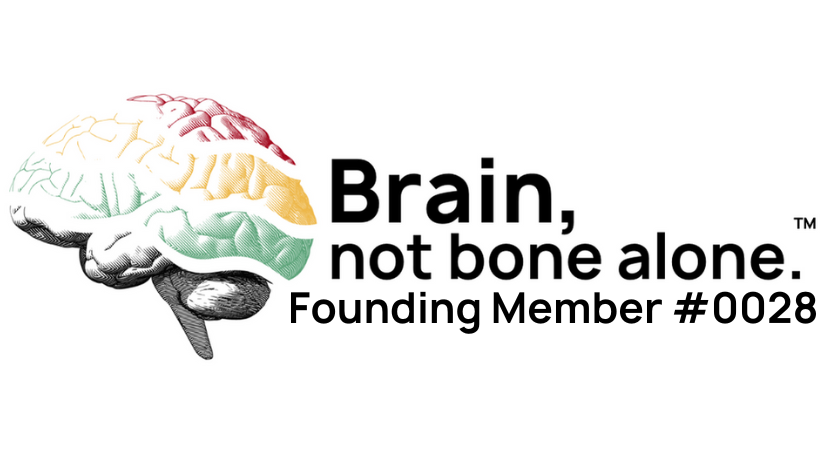FRAIN FAMILY CHIROPRACTIC WELLNESS CENTER BLOG
FRAIN FAMILY CHIROPRACTIC WELLNESS CENTER
OFFICE TOUR

Unlocking the Mystery of the Psoas
When clients come in complaining of low back pain, hip tightness, or that vague “stuck” feeling deep in their core, massage therapists know to suspect one prime culprit: the psoas.
So… What is the Psoas?
Full name: Psoas Major (pronounced SO-as).
It’s a deep-core muscle, one of the few connecting the spine to the legs.
Originates from the lumbar vertebrae (L1–L5).Inserts into the lesser trochanter of the femur (a fancy term for the top inside of your thigh).
Functions include:
Hip flexion (lifting your leg to climb stairs).
Stabilizing the spine when standing or moving.
Assisting in posture and core support.
It works alongside the iliacus muscle, and together they’re often called the iliopsoas—kind of like the power couple of your pelvic region.
Why Massage Therapists Care About the Psoas
Because when it’s unhappy… everything else is, too.
1. Back Pain
A tight or overactive psoas pulls the lumbar spine forward, creating excessive lordosis (that dramatic lower back curve).
This misalignment can compress discs and nerves, leading to chronic low back pain.
2. Hip and Pelvic Dysfunction
Since it connects to the femur, tightness can cause hip restriction, pelvic tilts, or symptoms similar to sciatica.
It can also lead to uneven leg length, which affects gait and posture.
3. Breathing and Stress
The psoas connects closely to the diaphragm through fascia (the connective tissue highway).
This link means emotional stress, anxiety, or shallow breathing can contribute to psoas tension.
4. Athletic Overuse
Runners, cyclists, and sit-a-lot-ers (yes, that’s a technical term) can overwork the psoas from repetitive hip flexion or prolonged sitting.
Think of it like a rubber band that’s always on stretch—it eventually rebels.
How Massage Therapy Helps
Here’s the kicker: the psoas isn’t easy to access. It’s deep. Like, behind-the-abdominals deep. That’s why:
Direct techniques are typically performed with the client's consent and care, often through the abdomen or in side-lying positions.
Indirect methods might include:
Myofascial release
Trigger point therapy
Stretching and movement re-education
Massage helps:
Lengthen and relax the psoas.
Restore mobility in the hips and low back.
Improve posture and breathing.
Final Thoughts
The psoas is the overachiever of the muscular world. It stabilizes, flexes, protects, and stores stress. That’s why massage therapists take it seriously—and why clients often feel taller, freer, and more grounded after psoas-focused work.
THE KLUG FAMILY
"I was so accustomed to the pain in my back that I frequently ignored it until I almost could not walk at times. A friend referred me to Frain Chiropractic, and it has made a world of difference for me! I haven’t had to feel chronic pain in my lower back and have been bringing the whole family as well for the last 2½ years, so they too can enjoy the benefits of preventative wellness, better health and less illness. We all look forward to our appointments and do not know what we would do without them!
Thank you, Drs. Frain!"
Copyright © 2024. All rights reserved


